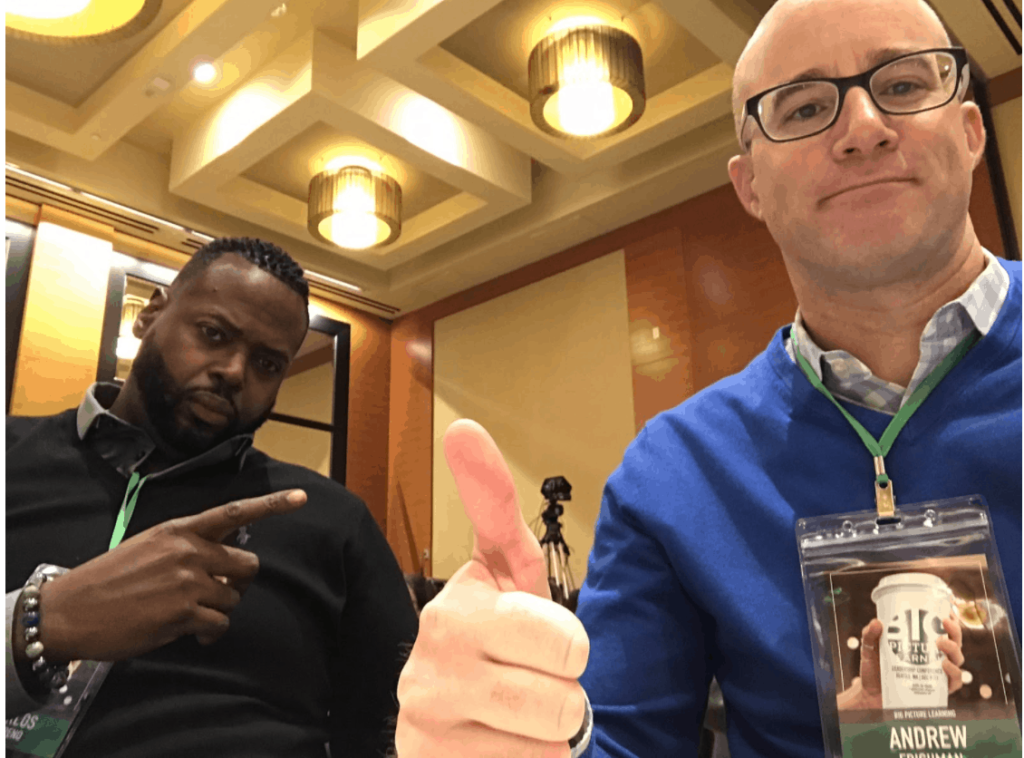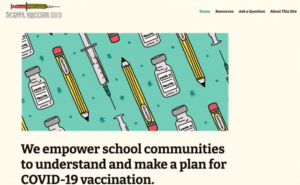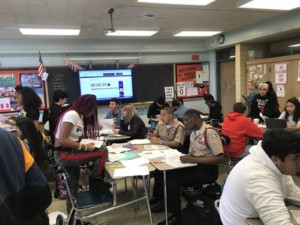Searching for the Other Side of the Tunnel: Leading Through COVID-19

By: Carlos Moreno & Andrew Frishman
It has been 80 days since we first realized that COVID-19 might be more than the typical seasonal virus. And, it’s just over a week since it claimed Carlos’s beloved 98-year-old grandmother. Yes, our understanding of what this is has certainly changed. There is no simple pinprick to the upper arm, nor a bowl of warm soup that will allow us to get on with our work.
Carlos wrote recently that we are living in an increasingly VUCA world — volatile, uncertain, complex, and ambiguous. Leading in such a world, attempting to “skate to where the puck will be”, as Wayne Gretzky once put it, is even more challenging when the game itself is changing. The rules of engagement are being rewritten, and old assumptions are no longer viable. How can we step up our game as leaders? How can we deepen and broaden our service to others at this moment?
The current crisis provides many opportunities to observe leaders as they operate in a new storm. We have noticed how many national and state leaders fall short of our needs and expectations. We would value more time to observe, but we, like many others, are up to our necks trying to provide leadership to our organization. Despite benefiting from our Co-CEO approach to sharing the load, we are as pressed as we have ever been to make critical decisions forced upon us every day by the magnitude and severity of this crisis. There is no “playbook” for leading in these moments, yet our success as leaders will, no doubt, be defined by this challenge.
We’re learning a lot, trying to avoid stepping on the same rake, making only new mistakes rather than repeating the old ones. Toni Morrison’s advice rings most clear: “Correct what you can; learn from what you can’t.”
Somehow, we do find that our leadership responsibilities become clearer when in the midst of a crisis. In that spirit, we’ll share a few things we are learning about leading at this moment.
Decision making. When events are happening very quickly, there is little to no time for deep analysis. Decisions must be made without enough or the right information, therefore requiring satisficing: the act of selecting the right non-negotiables. In this process, we are guided by our core principles and values. Above all, we must have the courage to follow them relentlessly. We’re finding ourselves relying heavily on reflex and the muscle memory developed over the years. This automaticity is grounded in our organization’s foundational values. It enables us to ask, “What strategy does our organizational culture call out for us to enact?”
Communication. Leading in stressful times requires communication with increased attention to listening, both inside and outside the organization. Listening not just to the words, but to the sighs, the out of character emails, the strained tones, and catches in the throat. While in general, it can be beneficial to err on the side of over-communication during times of stress for an organization, leaders must take care to avoid conflicting and confusing streams of information which often leads to frustration.
Nimble and quick. Rapid and significant changes in stressful times require that leaders be nimble and quick, a combination of running back and ballerina. Agile is the buzzword the business sector frequently uses. Often it feels like broken field running, digging, and zagging in an effort to avoid unanticipated new challenges. Leaders need to help their people manage transitions to whatever the new normal requires. Avoiding these challenges is rarely an effective strategy.
Resilience. The Black Swan guru Nassim Taleb describes in Anti-Fragile: Things That Gain from Disorder, the importance of building individual and organizational resilience. In this sense, leadership is more than just protecting. Improving Big Picture Learning’s competence, capacity, and commitment to lead by sharing rather than hoarding the load is how we’ll not only make it through but how we’ll make it through stronger.
Connecting. Leaders need to nurture their community. There must be time for sharing unexpected roses and thorns; angst and joy. Leaders should also make every effort to see how their decisions have potentially cascading effects, understanding their downstream effects. Leading requires a depth of field; seeing the near and far simultaneously through progressive lenses. Leaders must think about systems, using “big picture” thinking to judge the impact of their decisions.
That’s our shortlist; and while it helps us to lead in the crucible, we still have questions we’re constantly seeking answers for:
- Who chooses to follow us? Why?
- Do they trust us? Do they believe we are caring and competent?
- Do we understand what they need?
- Are we meeting their needs and expectations?
- How are we expanding and deepening leadership inside our learning organization and in the larger community?
- Are we positioning our organization to seek, identify, and grasp current and emerging opportunities to pursue our mission and serve communities within the unknown, yet emerging, new normal?
These questions are also those we in Big Picture Learning must ask of ourselves to shape our relationships with both distinguished and newer members of our network. We can get clearer about what we owe our communities and this broader world during this time.
These times provide an opportunity for leaders to help their organizations. Moreover, they allow for humans within those organizations to reaffirm their purpose and to go further. Thus, we conclude with this final ingredient of leadership – applicable to both times of crisis and times of calm:
Head and Heart. Leaders lead with head and heart, making tough decisions while recognizing there are real humans on the other end of those decisions. Honesty, humility, and caring together constitute the North Star, shining a light on the other side of the tunnel.
For more, see:
- Getting Clearer: The Power in our Flowers
- Leading Through and To A New Generation of Learning Systems
- A Principal’s Pondering on Pandemic Pedagogy
Stay in-the-know with innovations in learning by signing up for the weekly Smart Update.
Getting Smart has launched the Getting Through series to support educators, leaders, and families on the path forward during such an uncertain time. This series will provide resources and inspiration as we face long term school closures, new learning environments, and address equity and access from a new lens. Whether you are just getting started with distance or online learning, or you’ve had plans in place and have the opportunity to share your work and guidance with others, there is a place for your voice and an opportunity to learn.







0 Comments
Leave a Comment
Your email address will not be published. All fields are required.